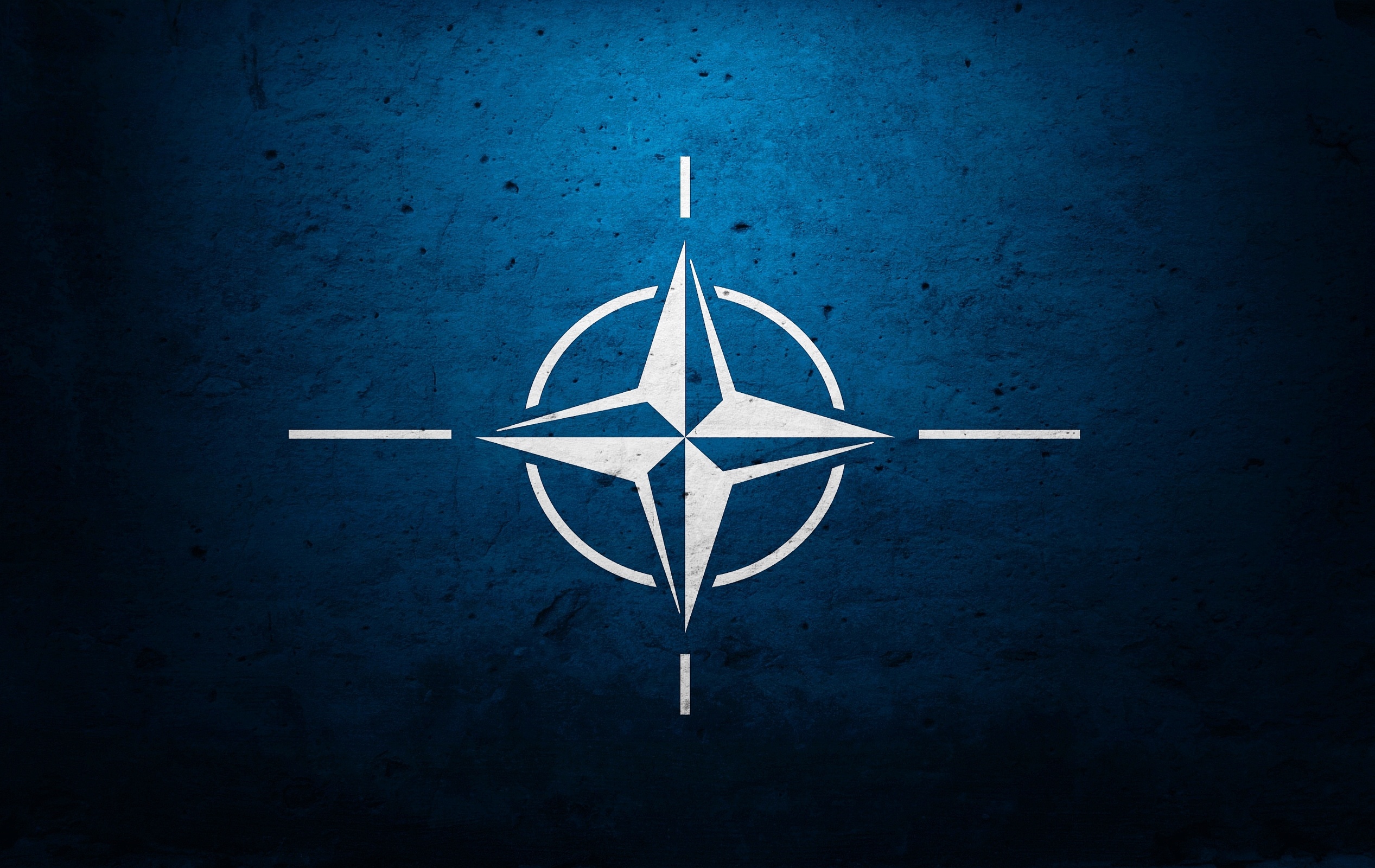
At last year’s NATO summit in Washington, Canada was called out by allies for falling short of the current 2% of GDP defence spending goal. Now, with talks underway to raise the target to 5%, Prime Minister Mark Carney will likely face intense pressure to commit to this new benchmark.
David Perry, president of the Canadian Global Affairs Institute, described Canada as “such an outlier now,” warning that the country will face a “massive challenge” to reach the higher goal.
Despite the existing target, Canada’s defence spending stood at just 1.3% of GDP in 2024 and it also missed equipment spending goals. Perry pointed out that Canada is among only two countries failing to meet either pledge, leaving it “increasingly, extraordinarily isolated.”
Political Context and Challenges
U.S. President Donald Trump has long pushed for NATO members to boost their military budgets to 5% of GDP. NATO Secretary General Mark Rutte said on Monday that he expects allied nations to agree to this tougher target during the upcoming summit.
Anessa Kimball, a Laval University professor specializing in international relations, noted that Canada should prepare to argue how rising military investment is complicated amid ongoing trade tensions, including tariffs imposed by the U.S. She suggested Ottawa could leverage Trump’s calls for increased defence spending to counterbalance the trade disputes.
Kimball also offered insight into Carney’s position, noting his time as Bank of England governor during Brexit gives him macroeconomic credibility but also a potential excuse to cite previous leadership. “He can say, ‘Trudeau and the Liberal Party left me a bit of a mess and they’ve known that they had to do this,’” she said, adding that Trudeau’s defence pledges last year were unconvincing.
Promises and Political Mandates
At the 2024 NATO summit, Trudeau promised Canada would reach the 2% defence spending target by 2032, mentioning a plan to purchase up to 12 submarines without specifying a timeline. Carney, running for office in the spring election, pledged to meet the target by 2030.
A spokesperson for Defence Minister David McGuinty reiterated the government’s commitment to rebuilding Canada’s military and exceeding NATO’s spending goals before 2030.
Still, Perry warned that Carney’s newness won’t offer much leniency. “There’s probably not a lot (of room),” he said. “Even though he’s brand-new, this commitment for Canada isn’t. It’s over a decade old.”
Author’s Opinion
This situation places Canada at a critical crossroads. The push to raise defence spending to 5% of GDP is unprecedented and will require a fundamental shift in budget priorities. While Canada’s current spending lags behind many allies, it’s important that any increase balances fiscal responsibility with strategic needs. Rushing to meet targets without clear long-term planning risks inefficient allocation of resources. Ultimately, Canada must find a realistic path that strengthens defence without compromising other essential public services.
Featured image credit: Izotovat via GoodFon
For more stories like it, click the +Follow button at the top of this page to follow us.
